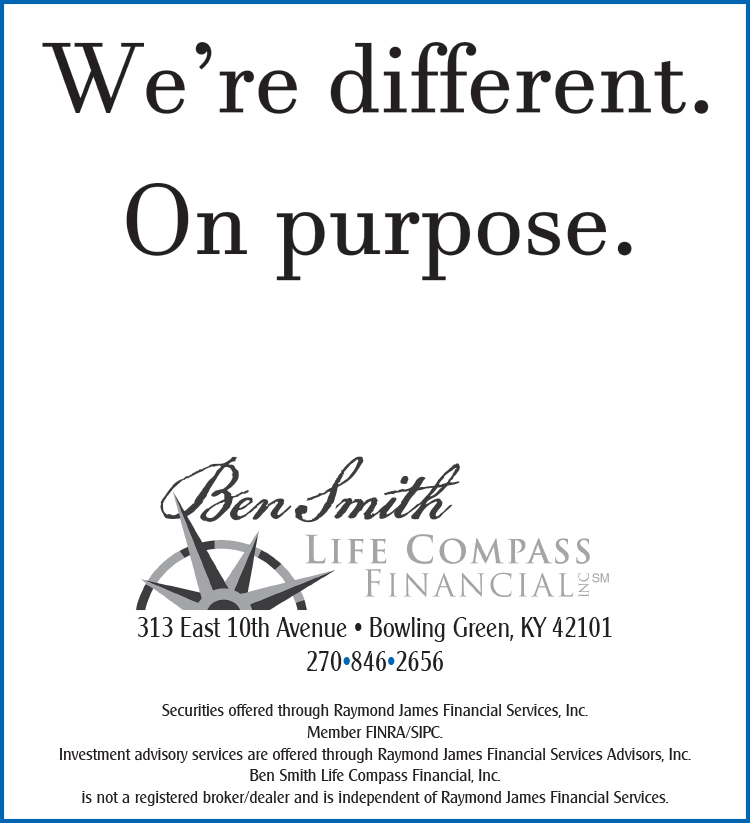
In both personal finance and fitness, achieving long-term success often hinges on the same fundamental principles: consistency, discipline, and a commitment to steady progress. Just as physical fitness is built through regular exercise and mindful nutrition, financial wellness is cultivated by consistently saving, budgeting, and making informed investment decisions. The journey to financial independence and physical health are remarkably similar. Both require clear goal setting, delayed gratification, and a willingness to stay the course even when progress seems slow. Understanding the parallels between the two can provide valuable insights and motivation to improve your financial and physical well-being. Throughout this article, we’ll explore a few key parallels between personal finance and physical fitness.
Consistency is key. Just like you can’t get fit overnight, reaching your financial goals will require consistent efforts for you to progress toward them. We’ve all heard of fad diets and “get rich quick” schemes, but they rarely end up working out. While they may promise a lot, they’re often a short-term fix for a long-term problem. A better solution to reach your goals is to develop a sustainable plan for your fitness and finances. For your finances, this plan could include consistent savings for various goals, a disciplined investment strategy, and a well-thought-out budget.
I like to compare budgeting to counting calories. Many ask if both of them are essential, and the answer is no. While you don’t have to budget or count calories, both can help create awareness around your spending and eating habits… which will then allow you to monitor your progress towards your goals. I’d recommend using the budget as a tool to help you understand how much money you have coming in and how much you have going out. Once you’ve developed a good understanding of your cash flow and can maintain disciplined spending habits, then you can back off from consistently completing a budget.
Setting goals for your finances and fitness is crucial to your overall success. The purpose of a goal, whether that be with your finances or fitness, is to give you direction, motivation, and accountability in working towards a long-term aspiration or vision. I like to set goals both with myself and with my clients, to first establish the end destination and then work backward to where you are today. For your finances, it could be saving for your children’s college, planning for your retirement, or leaving an inheritance for your family. Once you have the end goal in mind, you can begin mapping out a plan to reach that goal.
Whether it is your financial plan or your fitness regimen, they both require a balanced approach. For a fitness regimen to be successful, it must include cardiovascular, mobility, and strength training to improve all areas of your physical health. Similarly, your financial plan will need to include an investment strategy, emergency fund, debt repayment plan, consideration for taxes and your estate, and other aspects to improve your overall financial well-being. By focusing on one aspect and turning a blind eye to the others, you could neglect an important planning consideration.
A common mistake I’ve seen with financial plans is a hyper-focus on investment strategy and a lack of focus on short-term cash management for items like emergencies, home remodels, and car maintenance. As humans, we tend to want to focus on what excites us, and investments tend to draw more attention than short-term cash strategies. When this happens and there is a lack of liquidity, investors are stuck with the hard decision of selling a portion of their investments to cover their shortfall of cash on hand. Relating this to my own experiences with fitness, I find this scenario similar to focusing on strength training while neglecting mobility exercises. This could lead to the overstraining of muscles and loss of range of motion. While mobility exercises and short-term money management may not be the most exciting aspect of a fitness or financial plan, they are crucial in a well-rounded plan.
The last parallel I’ll mention is seeking professional advice. While financial planning and fitness training can be done on your own, seeking professional advice can optimize results and avoid common pitfalls. Working with a professional can offer you tailored guidance that considers your circumstances and provides you with motivation and accountability in your financial or fitness journey. By leveraging a professional’s expertise, you gain access to advanced strategies and personalized planning that can enhance your chance of success.
Achieving long-term success in both personal finance and fitness hinges on very similar principles: consistency, discipline, and a commitment to steady progress. Just as physical fitness is cultivated through exercise and nutrition, financial wellness is built by consistency, budgeting, and making informed investment decisions. The paths to financial independence and physical health are strikingly similar, requiring clear goal setting, delayed gratification, and professional advice on the way. Recognizing these parallels can offer valuable insights and motivation to enhance both your financial and physical well-being.
-by Jacob Young, AAMS®
Financial Advisor, RJFS
313 East 10th Ave. • Bowling Green, KY 42101 • Phone: 270-846-2656
Ben Smith Life Compass Financial is not a registered broker/dealer and is independent of Raymond James Financial Services, Inc. Securities offered through Raymond James Financial Services, Inc. Member FINRA/SIPC. Investment advisory services offered through Raymond James Financial Services Advisors, Inc.
The information contained in this report does not purport to be a complete description of the securities, markets, or developments referred to in this material. Any information is not a complete summary or statement of all available data necessary for making an investment decision and does not constitute a recommendation. Any opinions are those of the author and not necessarily those of RJFS or Raymond James. Investments mentioned may not be suitable for all investors. Please note that the portfolios provided above are general and investment decisions should only be made after a discussion with the appropriate professional about your individual situation.




